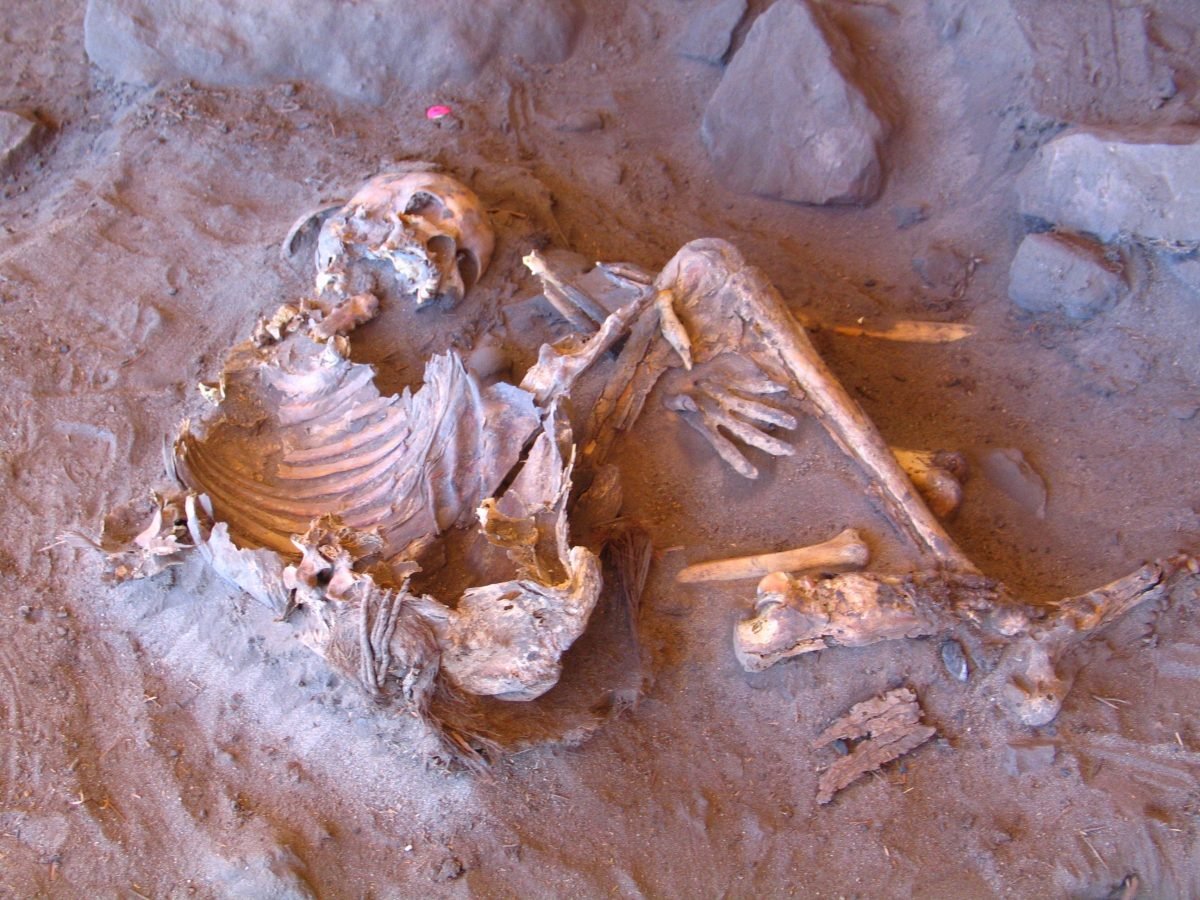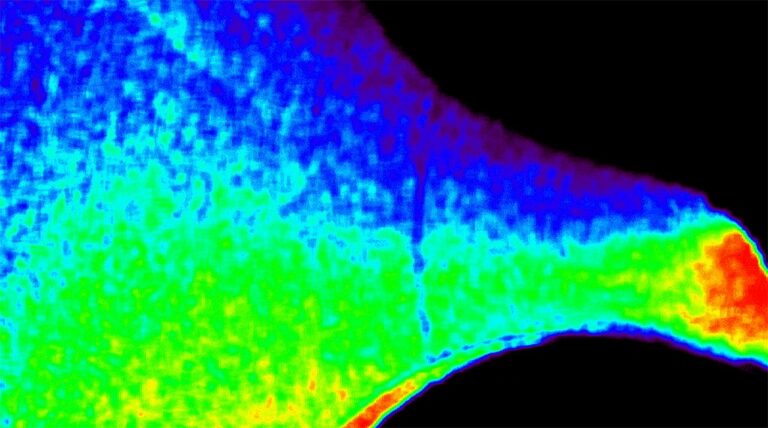Secrets of the Green Sahara: Ancient DNA Reveals Lost North African Lineage
Meta Description: A groundbreaking study uncovers ancient DNA from the Green Sahara, revealing a long-lost North African lineage and rewriting human migration history.
The Sahara Wasn’t Always a Desert
When you picture the Sahara Desert, images of endless sand dunes and scorching heat probably come to mind. But go back about 5,000 to 10,000 years, and you’d find something very different—a lush, green savanna teeming with life. Known as the “Green Sahara”, this region once supported lakes, animals, and even early human settlements.
Now, new research using ancient DNA analysis has unlocked some of its deepest secrets—exposing a lost human lineage and challenging long-held ideas about early migrations across Africa.
The Breakthrough Discovery
A team of international scientists recently analyzed ancient skeletal remains from sites in Libya and Sudan, dating back to the Neolithic period. What they found was stunning: genetic markers belonging to a previously unknown branch of ancient humans, distinct from both modern Sub-Saharan Africans and Mediterranean populations.
This lost North African lineage appears to have developed in isolation, shaped by the unique conditions of the Green Sahara. It holds clues to:
Prehistoric migration routes
Population mixing during wet Sahara phases
Early farming and cultural exchange between Africa and the Middle East
Why This Matters for Human History
This discovery fills a critical gap in our understanding of African prehistory. It proves that North Africa wasn’t just a passageway, but a thriving, genetically distinct homeland for some of the earliest human communities.
Key takeaways from the study include:
Evidence of ancient mixing between sub-Saharan Africans, Middle Easterners, and indigenous North African groups.
Confirmation that humans lived, farmed, and migrated through the Sahara during its green phases.
A better understanding of how climate change shaped population movements and cultural evolution.
How Climate Change Shaped Civilization
The Green Sahara didn’t last. Over thousands of years, shifting climate patterns caused rainfall to stop, rivers to dry up, and the land to revert to desert. This forced the people living there to migrate—north to the Mediterranean coast, south into Sub-Saharan Africa, and east toward the Nile.
These migrations seeded new civilizations and helped shape the genetic makeup of modern populations in North Africa, the Middle East, and beyond.
Ancient DNA: A New Time Machine
This study is a reminder of how powerful ancient DNA has become in the search for our roots. By extracting genetic material from bones thousands of years old, scientists are now able to map forgotten migrations, uncover lost cultures, and even rewrite history books.
The Legacy of the Green Sahara
The Green Sahara may be buried under sand today, but its legacy lives on—in our DNA, our cultural connections, and the ancient maps of human movement that are just beginning to be revealed.
This isn’t just a story of lost lineage—it’s a story of survival, adaptation, and the deep, shared history of humankind.

















+ There are no comments
Add yours